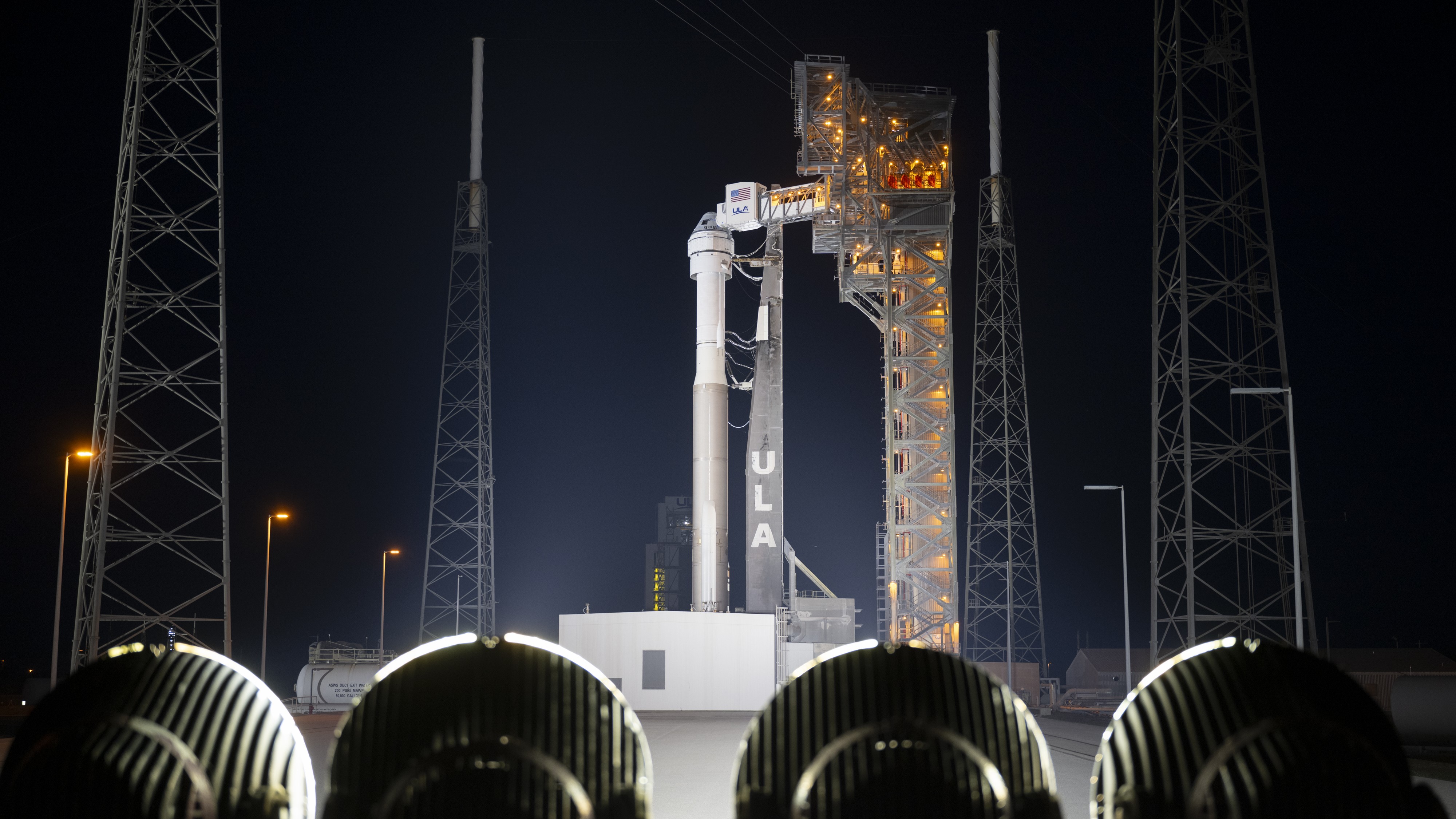
NASA has postponed the first crewed launch of Boeing’s Starliner capsule due to an issue with a noisy valve on the rocket meant to carry it into space.
Boeing's Starliner crew capsule was due to blast off from Florida's Cape Canaveral Space Force Station at 10:34 p.m. ET on Monday (May 6) with NASA astronauts Barry Wilmore and Sunita Williams on board. The two-person crew will be joining a team of astronauts on the International Space Station (ISS).
But two hours before the scheduled liftoff, a valve on the ship's Atlas V rocket began buzzing at an audible 40 hertz, forcing the flight team to halt the mission.
"Today's Starliner launch is scrubbed as teams evaluate an oxygen relief valve on the Centaur Stage on the Atlas V," NASA representatives wrote in a post on the social platform X, formerly Twitter. "Our astronauts have exited Starliner and will return to crew quarters."
Boeing developed the Starliner capsule as a part of NASA's Commercial Crew Program, a partnership between the agency and private companies to ferry astronauts into low Earth orbit following the retirement of NASA's space shuttles in 2011. SpaceX's Crew Dragon also came from this initiative and has racked up 10 successful missions since it began operating in 2020.
But Boeing's capsule has lagged significantly behind. Starliner's first uncrewed test flight in 2019 was scuppered by a software fault that placed it in the wrong orbit, and a second attempt was held back by issues with a fuel valve. After more reviews last year, the company had to fix issues with the capsule's parachutes and remove around a mile (1.6 kilometers) of tape that was found to be flammable.
However, this latest setback was related to the Saturn V rocket, which TKTK and was due to take Boeing's Starliner into orbit.
"Right now we are going through all the data," Tory Bruno, CEO of the United Launch Alliance which owns the Atlas V rocket, said at a post-scrub press conference. "[There's] a fair chance we'll know tomorrow whether the valve exceeded its life or not or whether it has enough life against the qual limit that we established to do another attempt."
The earliest window for a second launch attempt opens on Friday (May 10), although NASA has yet to announce a new launch date.







